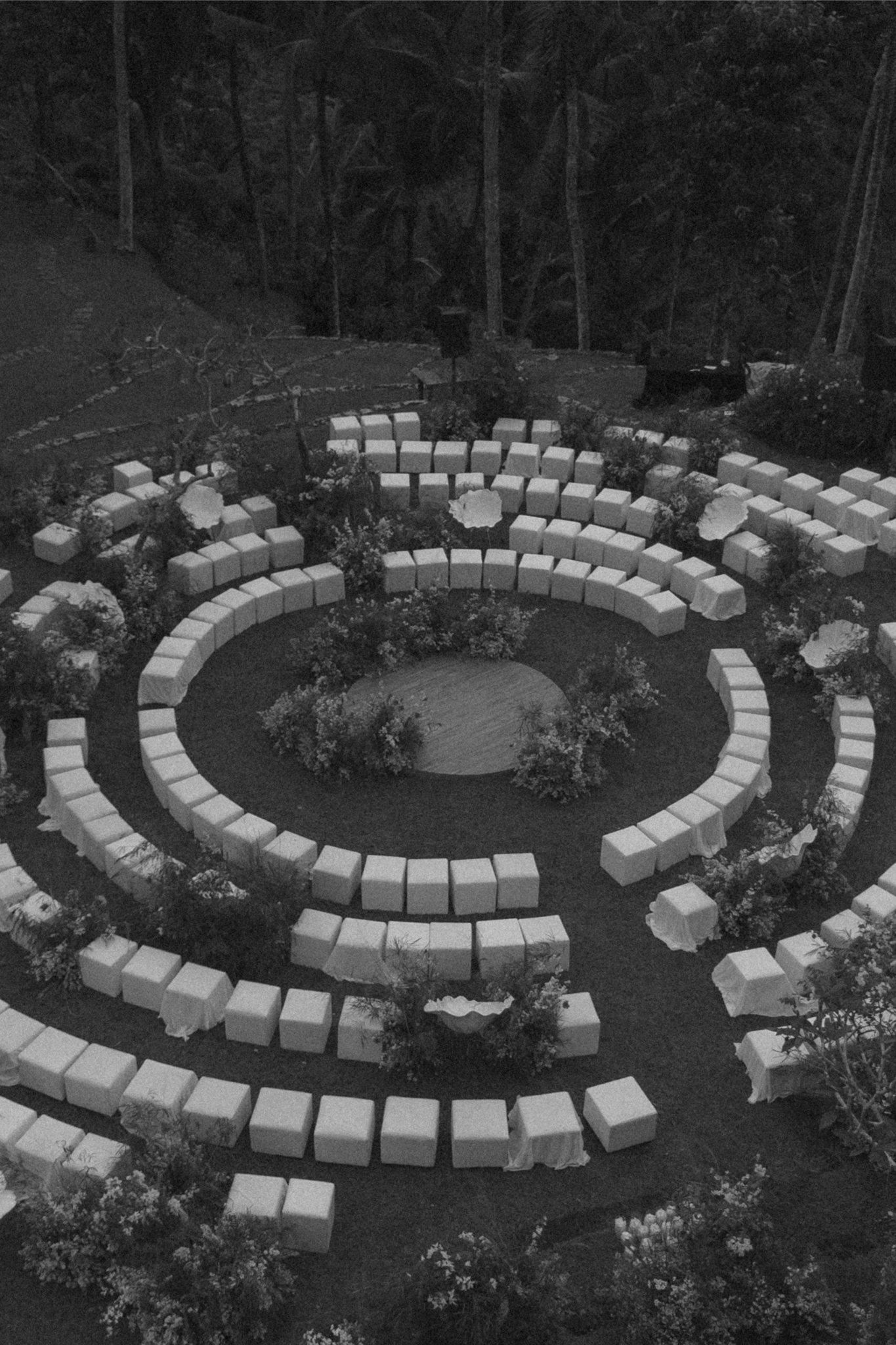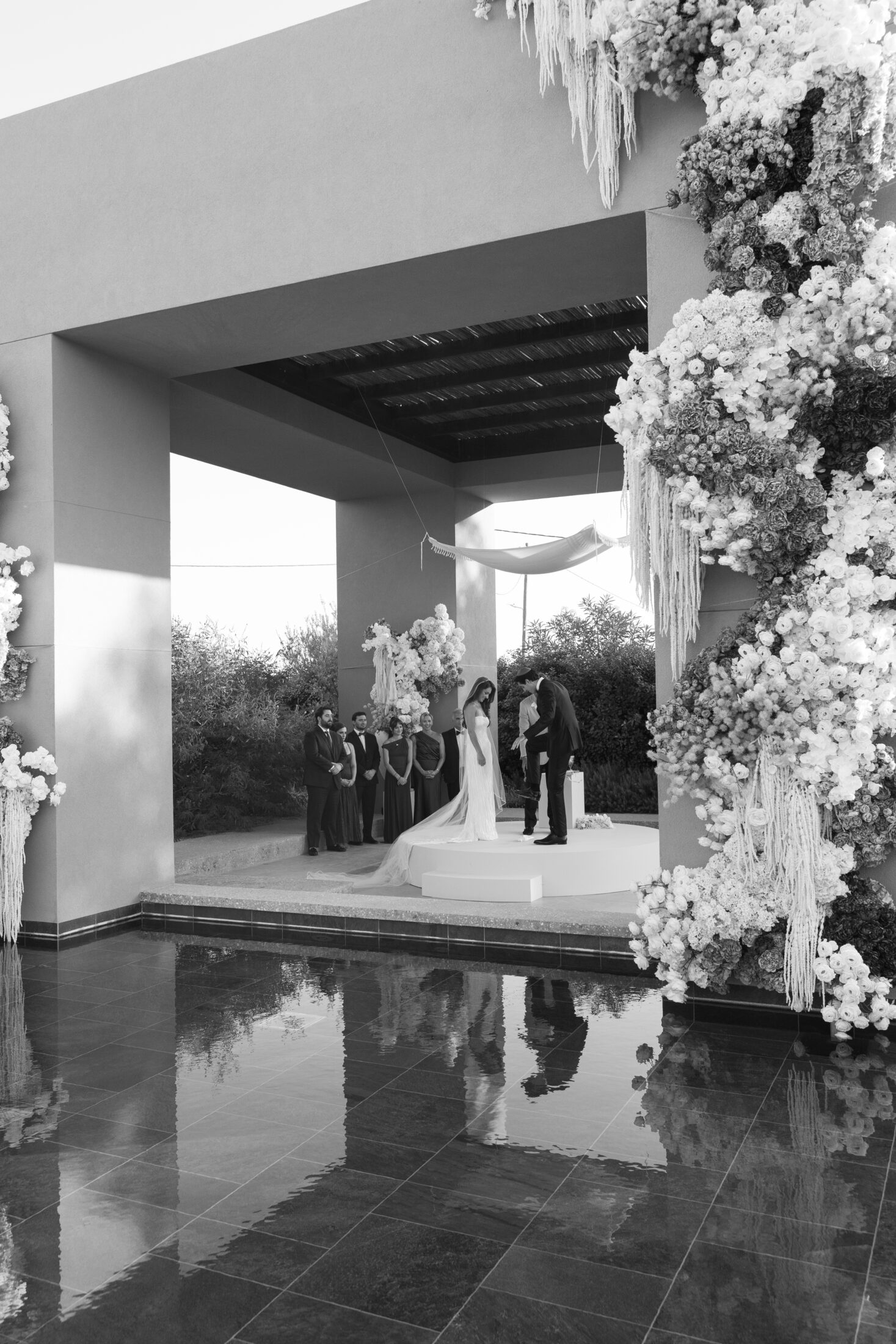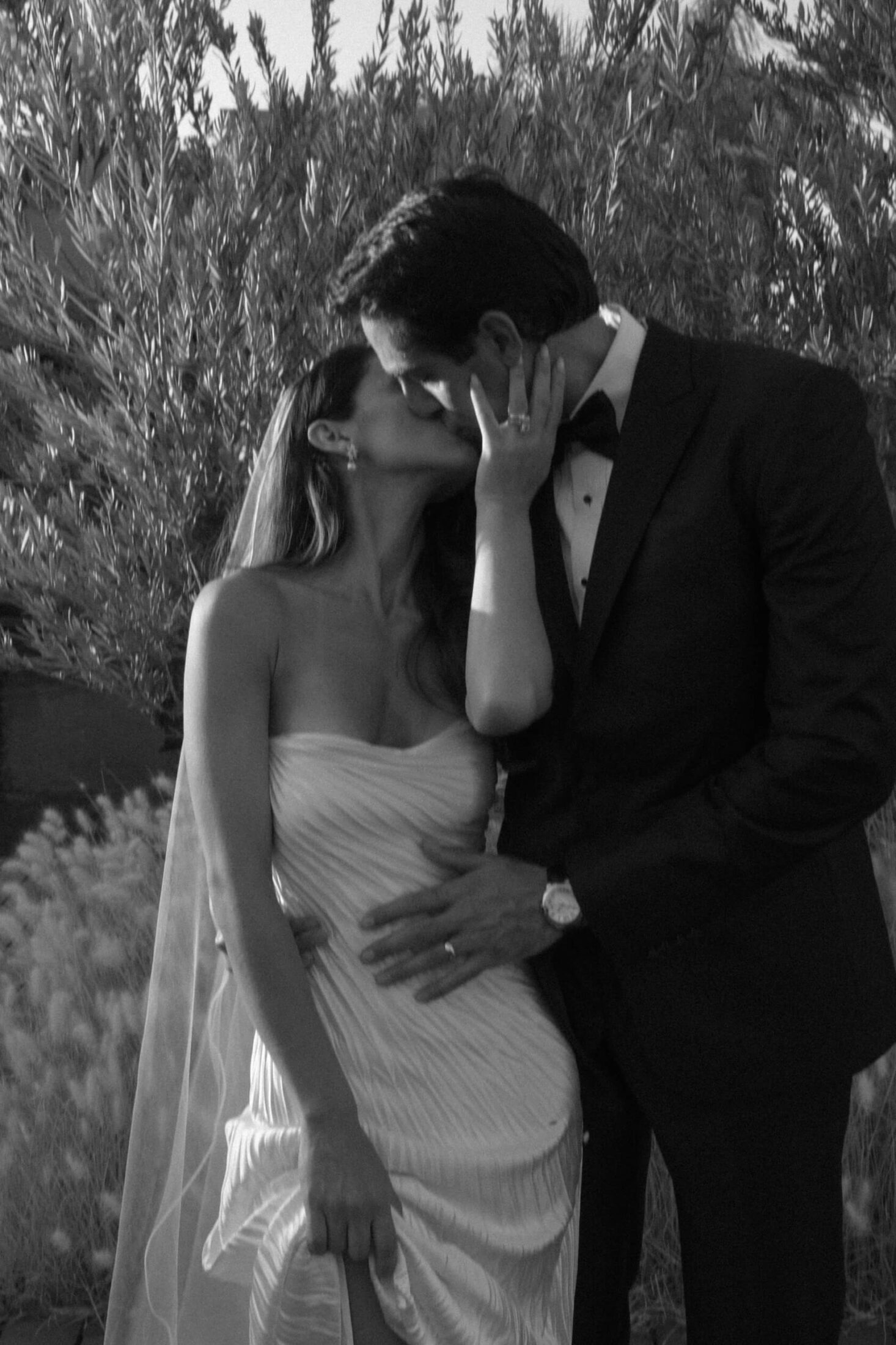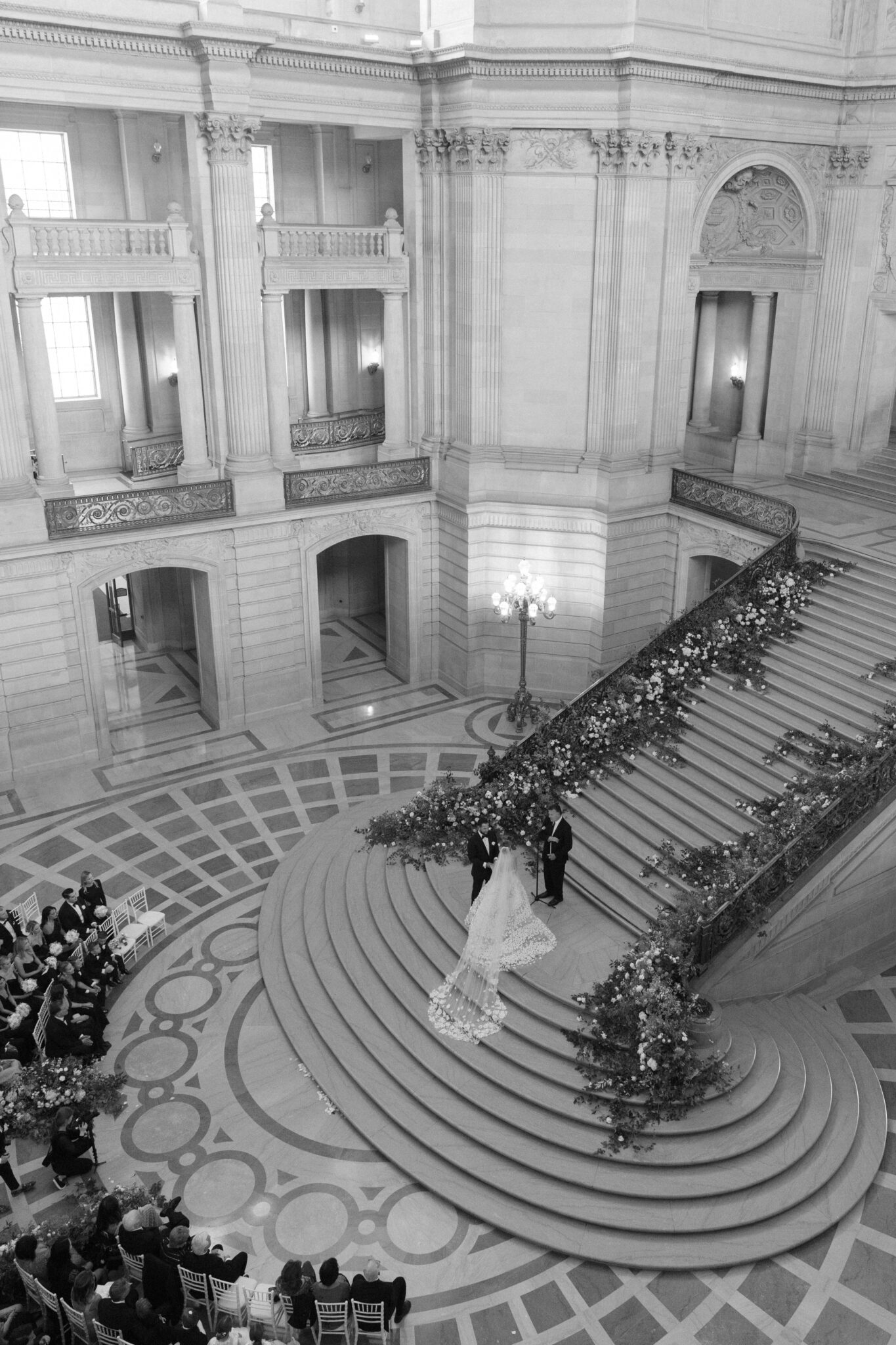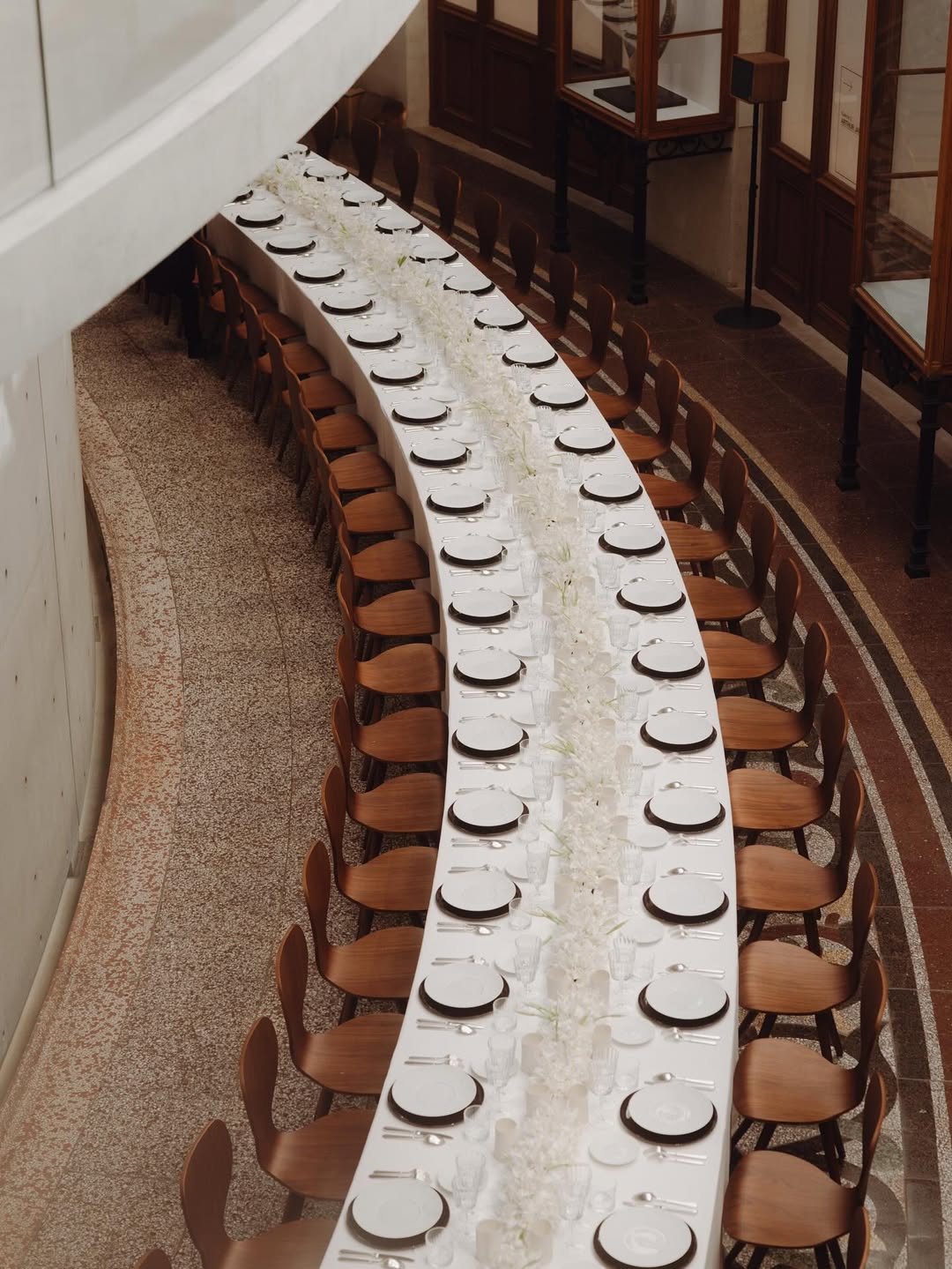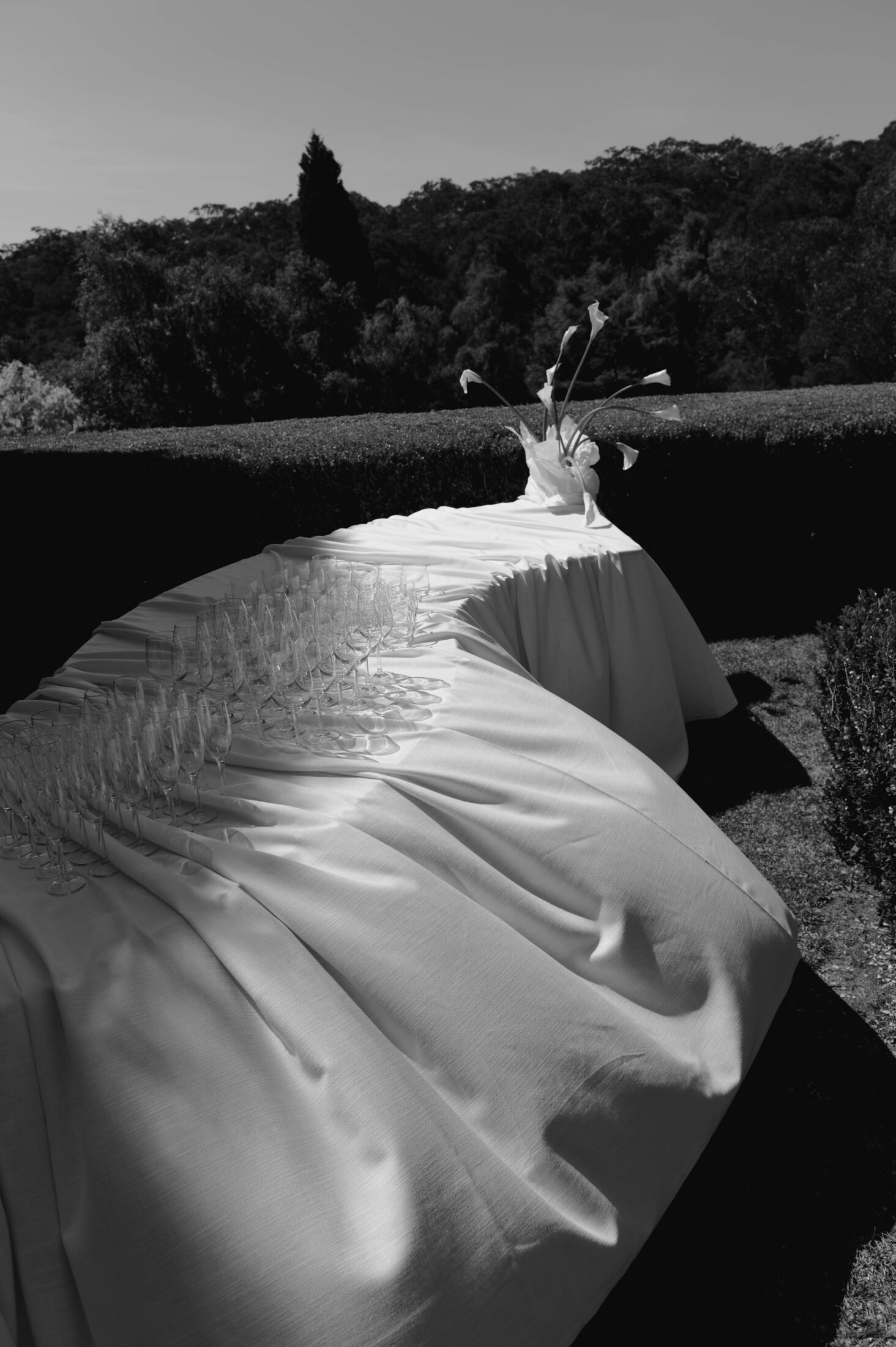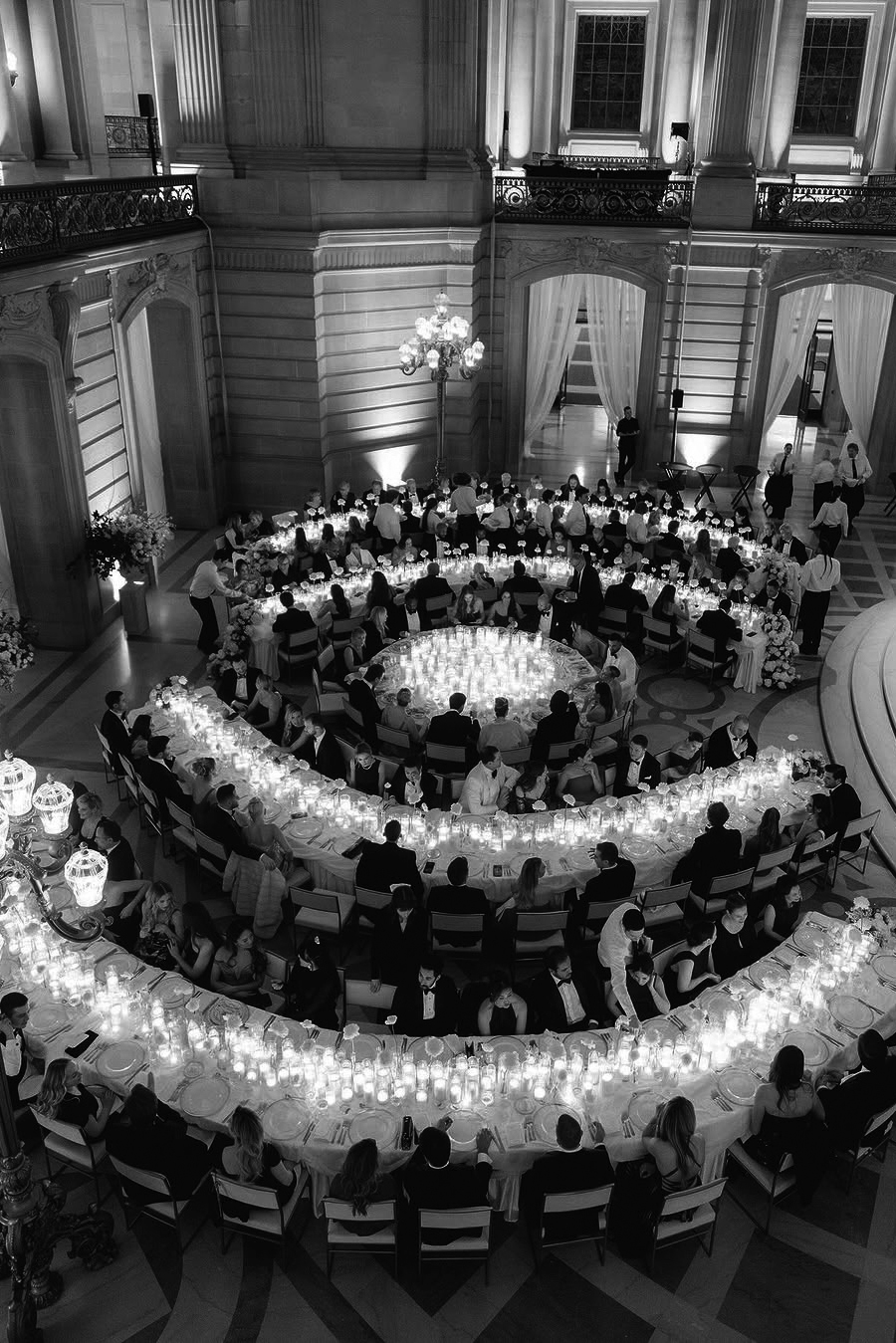Inspiration — Planning & Advice
A Ballpark Pricing Guide for Planning a US Wedding
A five-part guide to understanding the true cost of weddings. Because, what do wedding vendors really charge? What should you calculate for average wedding costs? This one zooms in on the US, and how to approach it with clarity, calm and confidence.

You’ve found the venue: a landmark hotel near Central Park, its floor-to-ceiling windows framing the skyline at sunset. Or perhaps it’s a secluded resort in California wine country, where late-summer light filters through the vines and guests gather for welcome drinks on the terrace. The floral designer you’ve long admired is available, as is the photographer whose luminous portraits you’ve bookmarked.
And then comes the part no one quite prepares you for: the numbers, the average wedding costs.
Unlike fashion or design, wedding pricing in the US is rarely transparent. Costs can vary dramatically between cities, venues, and vendors — and unexpected markups often appear when emotion enters the equation. Having a ballpark is invaluable. “Always overestimate costs, especially for weddings,” says Billy Folchetti, the charismatic founder of Luxe and a planner who splits his time between New York and Lake Como. “Unexpected expenses always pop up; that’s why I always build in a ‘fun money’ line item in every budget.”
This five-part guide explores what weddings typically cost across the US (in this case), the UK, Europe, Mexico, and Oceania — with insights drawn from Billy’s work in markets such as New York, Miami, and Los Angeles. From florals to venues, photography to lighting, here’s a clear-eyed look at what to expect and the average wedding cost.
Header Image: Wyomi Reed Wedding, Erich McVey Photography
Register to access your first article free
By signing up, you agree to terms & conditions
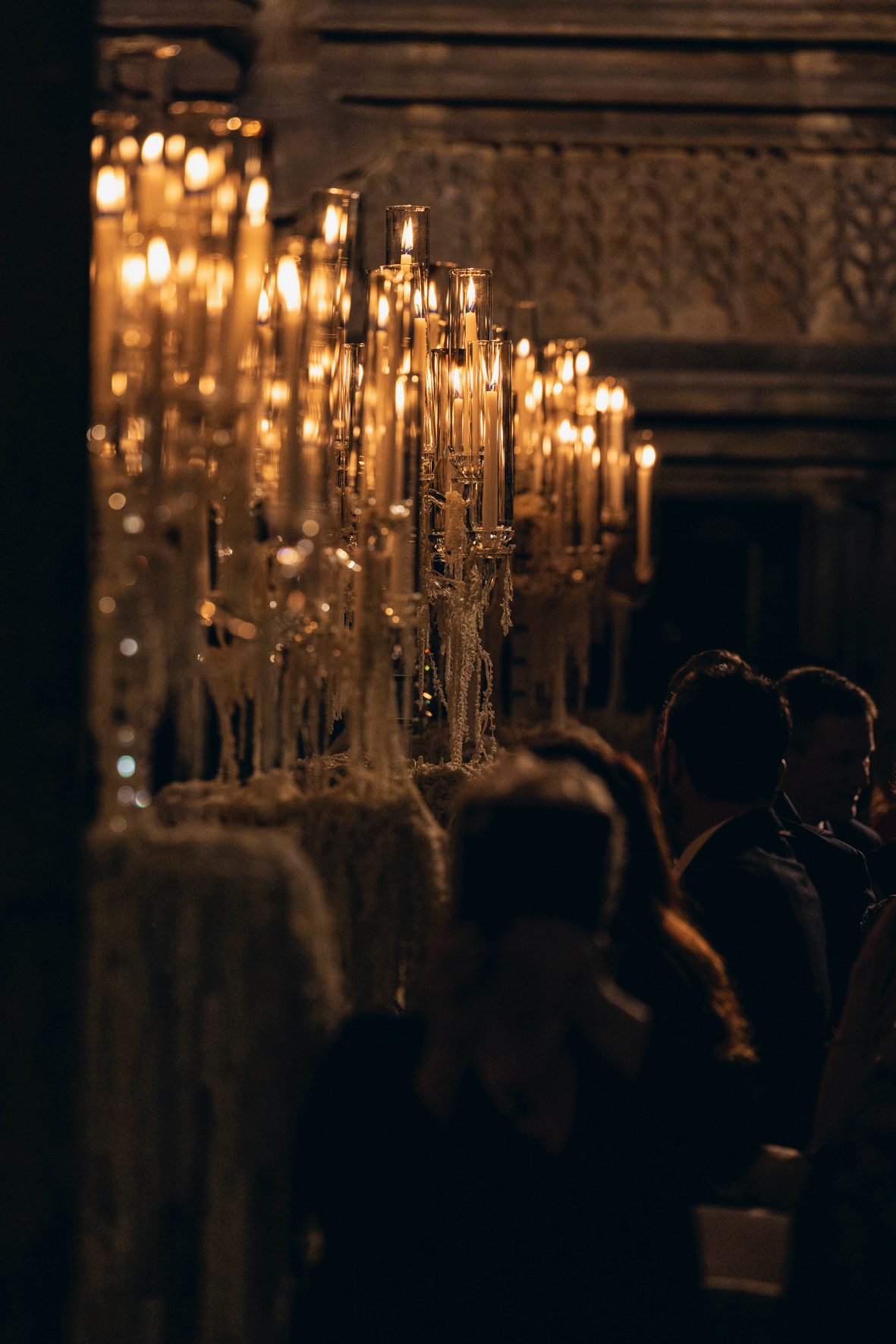
Luxe, Billy Folchetti
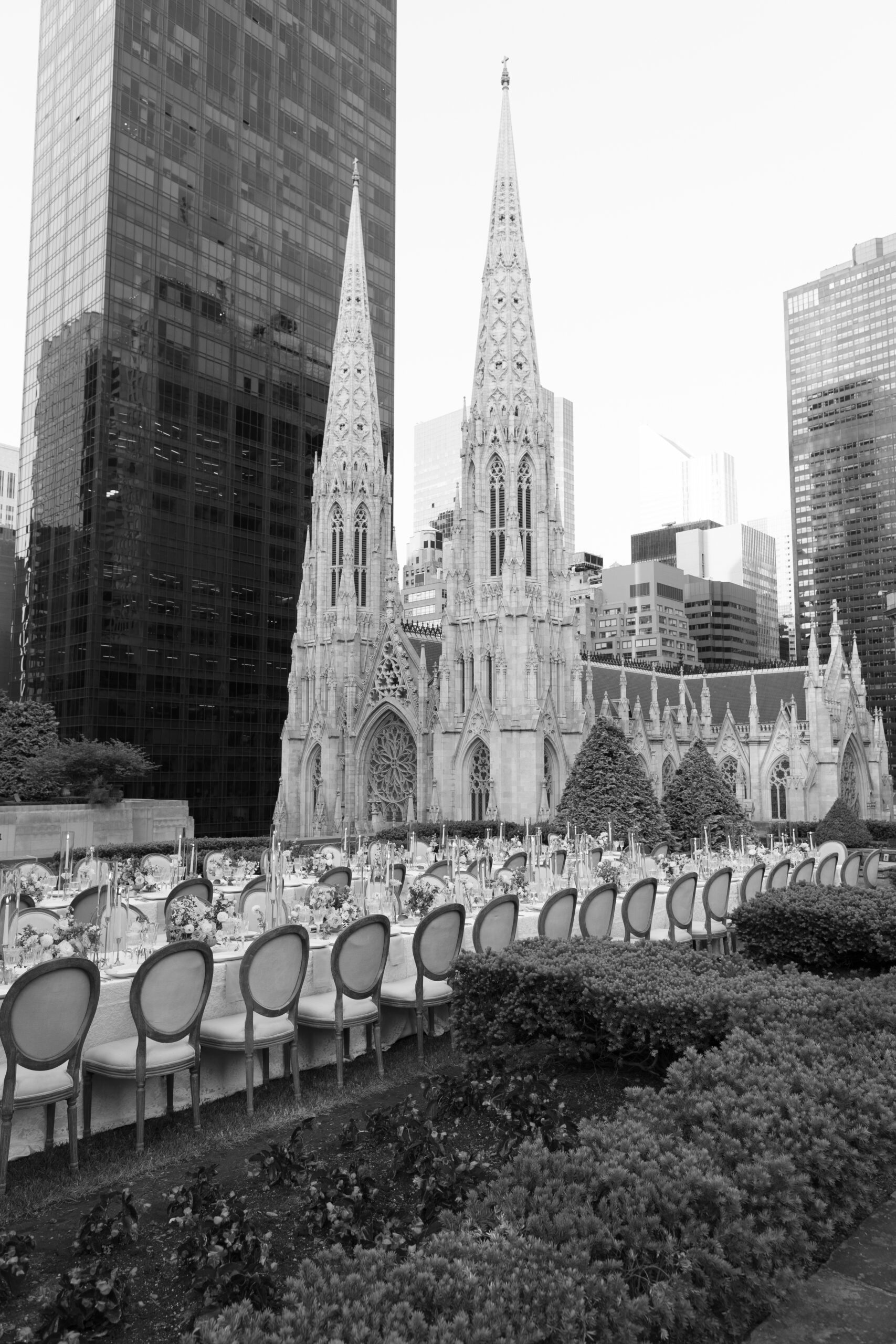
Mary Dougherty Photography
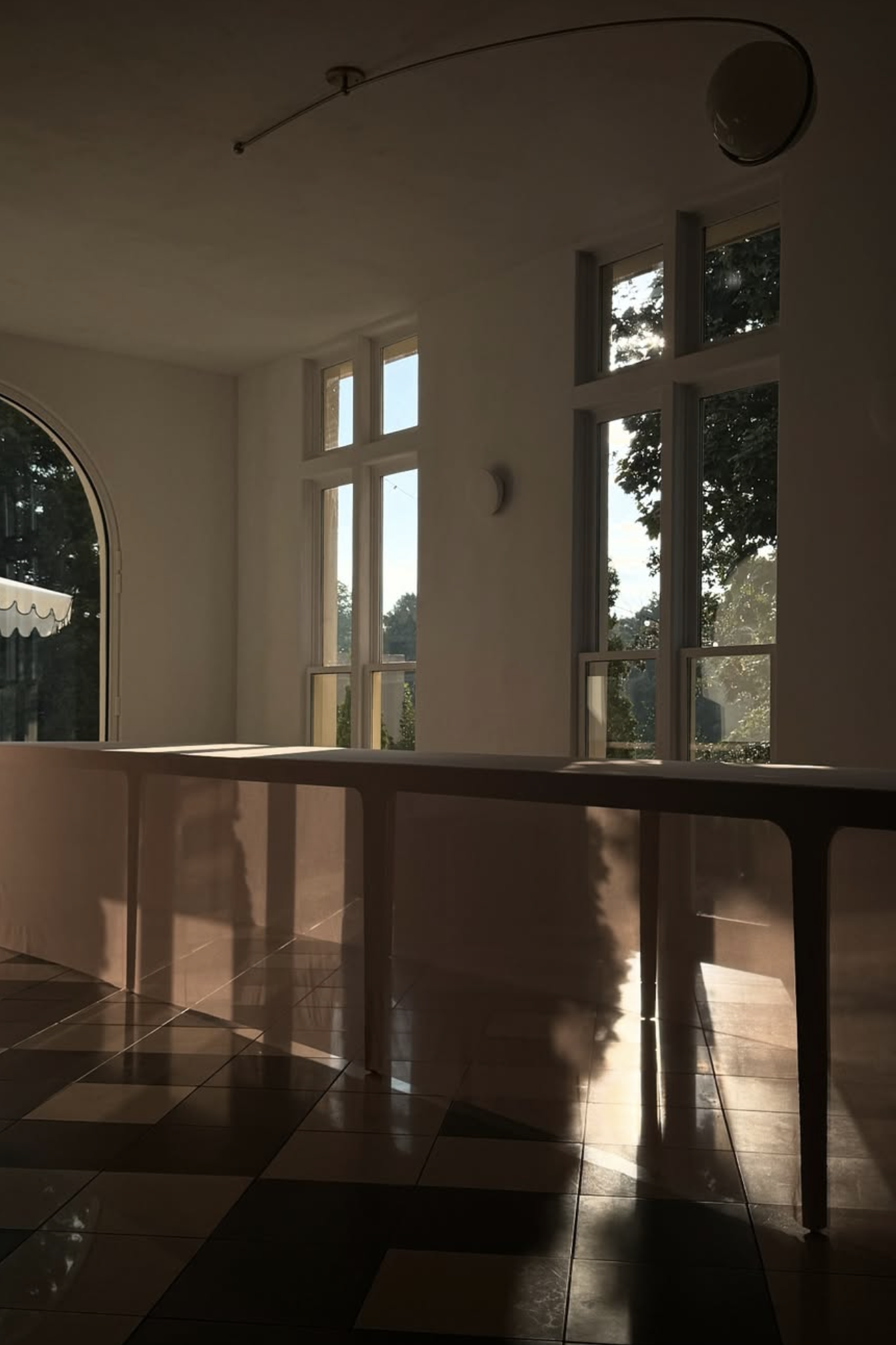
Lune 1860
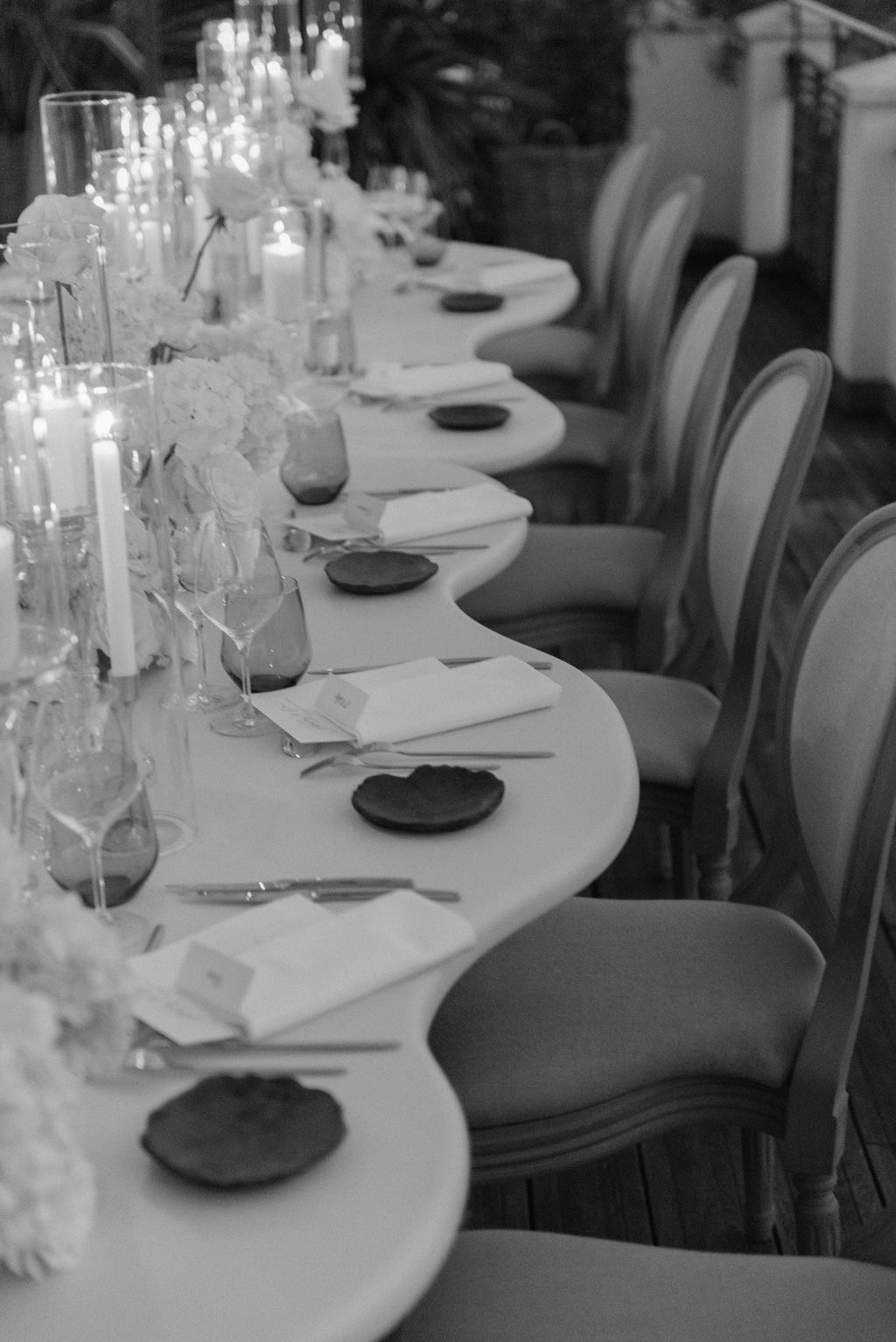
Luxe, Billy Folchetti

Broyt

Wyomi Reed Wedding, Erich McVey Photography

Melody Joy Photography
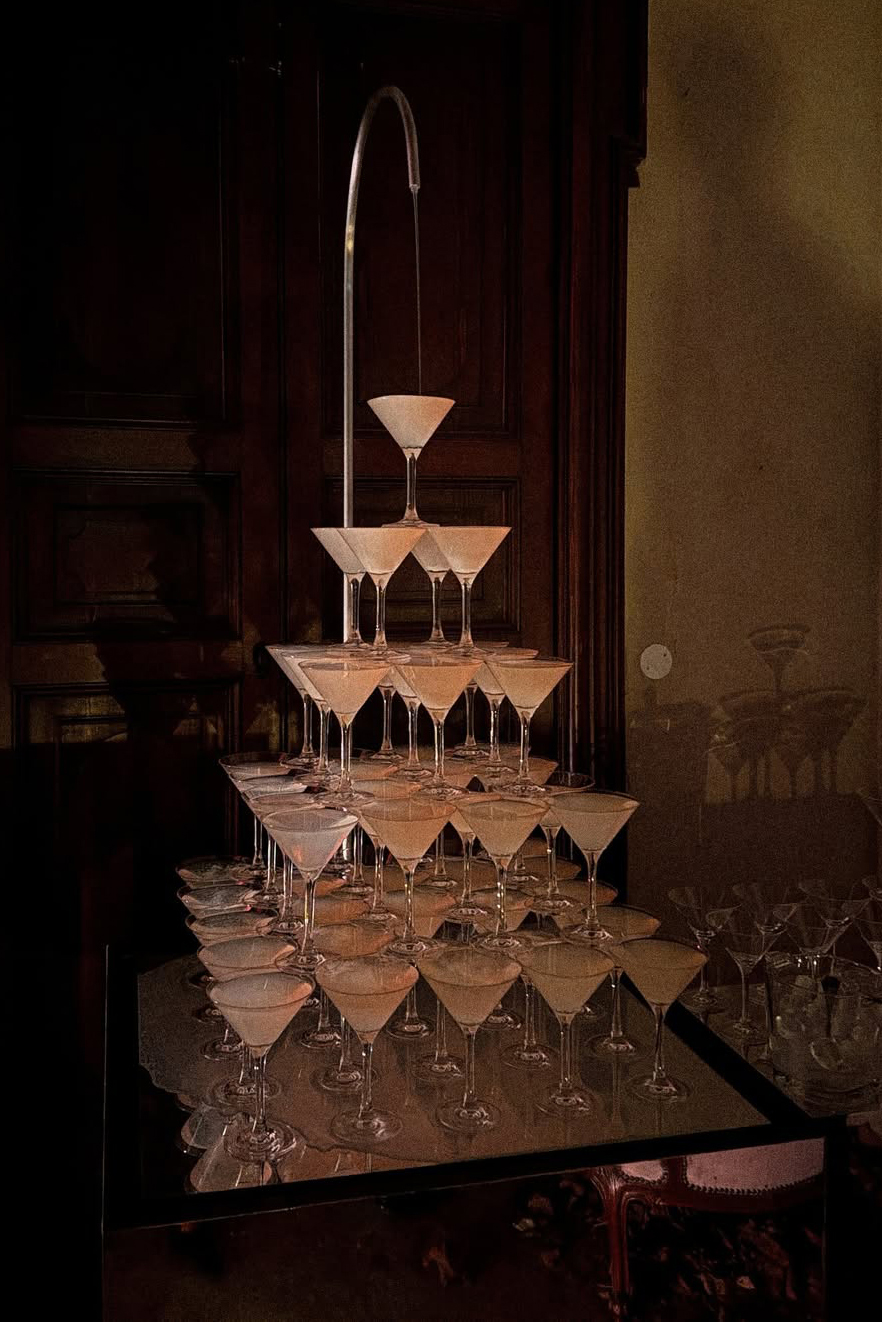
Athena Calderone

Mary Dougherty
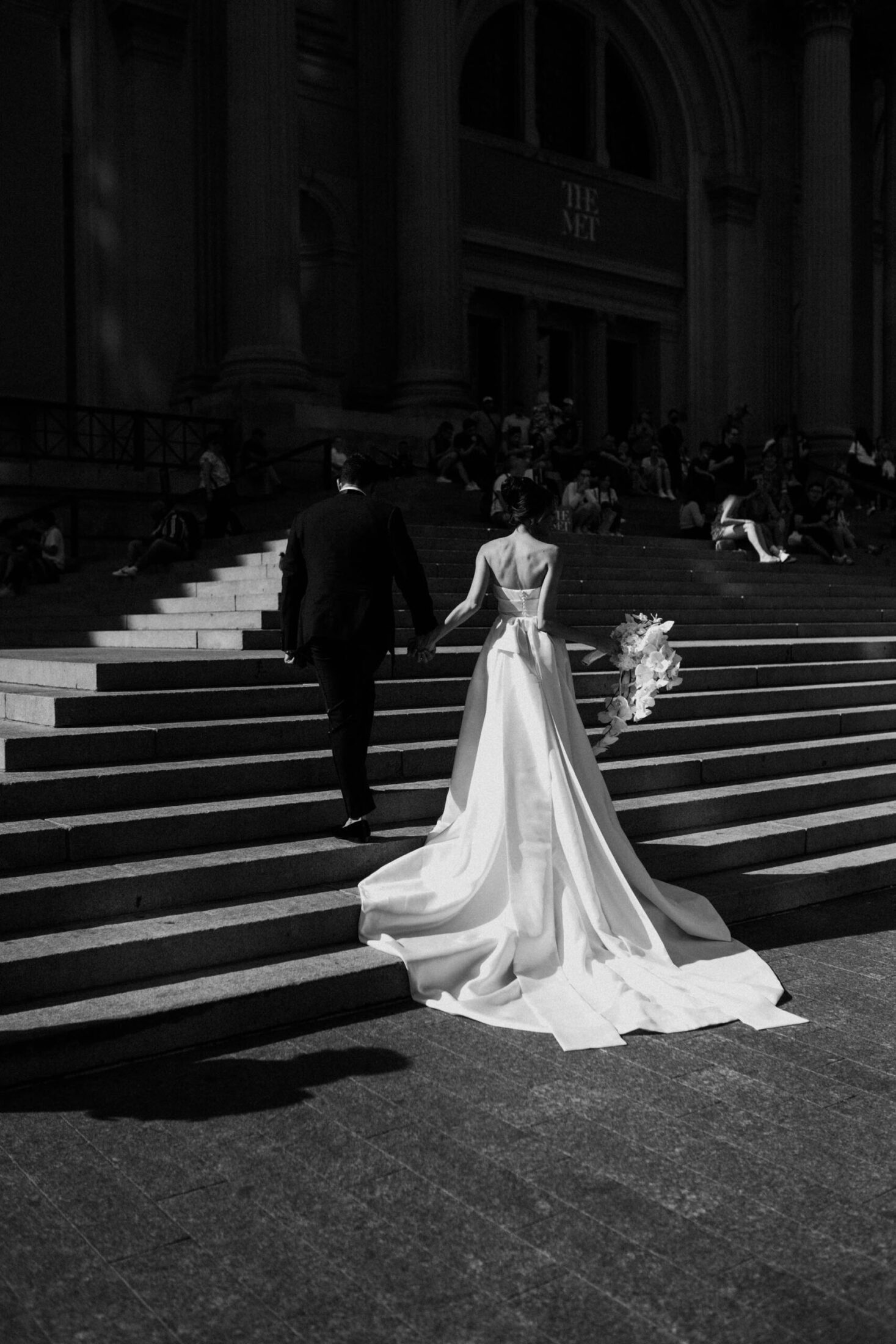
Josie Brooks Photography
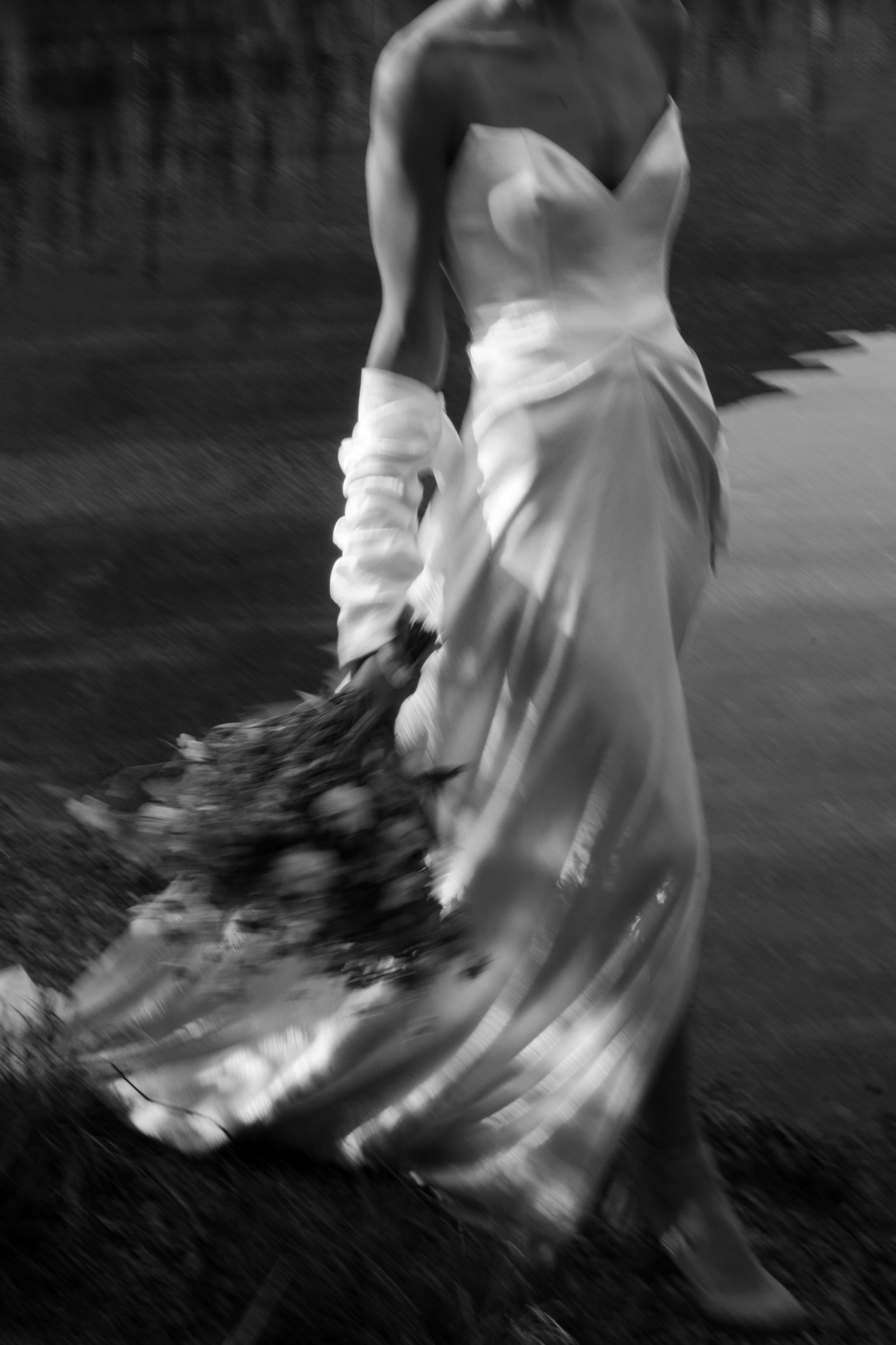
Anni Graham Photography
Start With What Matters Most
In the US, weddings span a vast range of styles and costs. A sleek city rooftop, a weekend-long celebration at a vineyard estate, or a classic ballroom affair — each carries its own price realities.
The first step, says Billy, is to understand your venue’s pricing structure. “If you’re getting married at a five-star property, all the vendors involved will likely reflect that level of pricing, especially if there’s a required or preferred vendor list,” he explains. Demand and reputation also strongly influence costs.
His advice: prioritize clarity and flexibility. “I always contract with venues that have catering in-house because you never know exactly how many people will attend,” he says. “You can always pay more if extra guests come, but you’ll never pay less if they don’t show.”
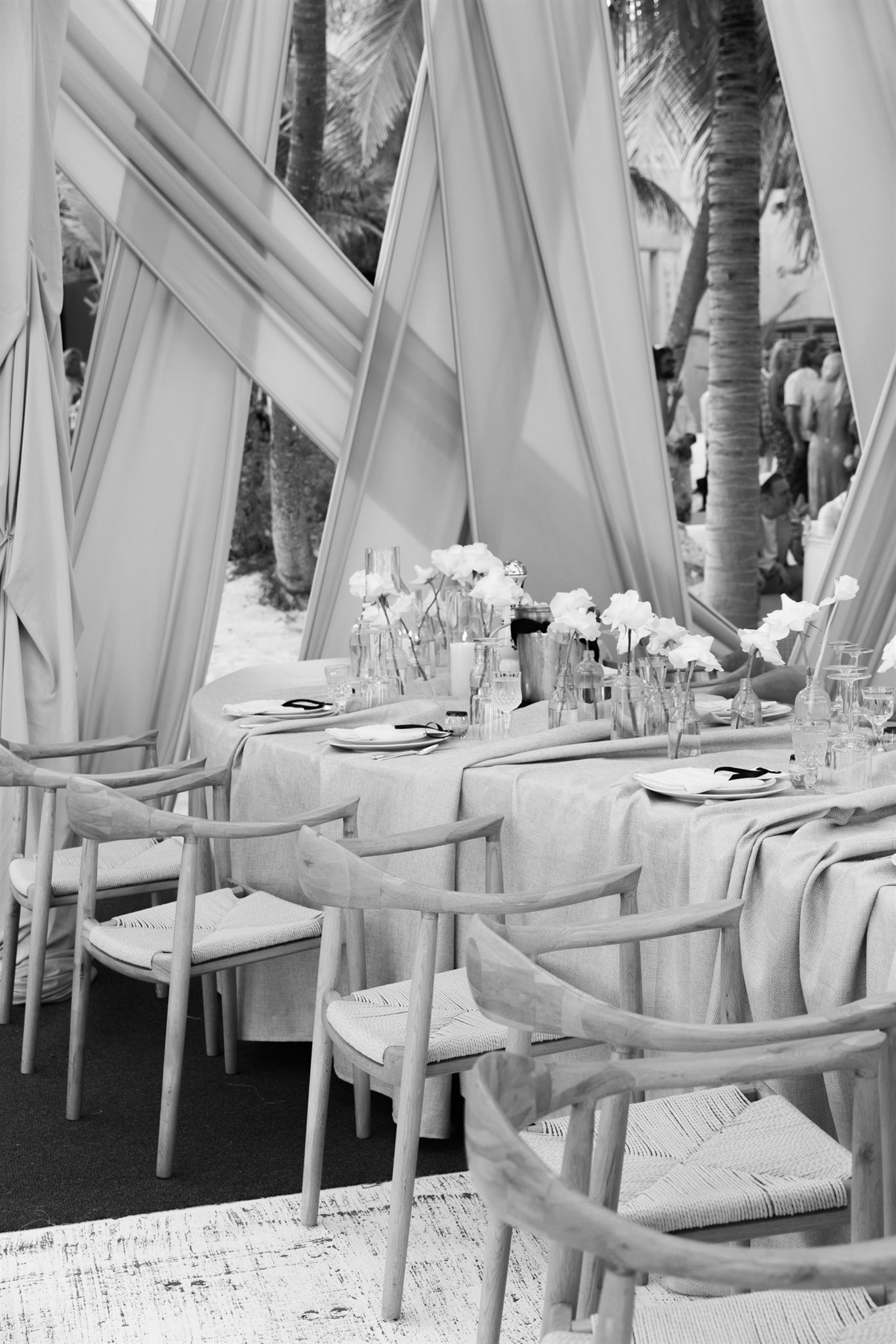
Luxe, Billy Folchetti

Lune 1860
A Rough Breakdown of Key Services (New York Market Example)
For couples planning a high-quality wedding in the US — particularly in major cities — here’s an average wedding cost for the most essential vendor pricing, based on a 100-guest wedding in New York:
Venue & Catering
- Landmark NYC Hotel: Food & beverage minimum of $400 per person, plus taxes and fees. Additional location fees may apply based on guest count.
- Resort Property (approx. 1.5 hours from NYC): $200,000 minimum including two nights’ accommodations and F&B minimums for 2–3 events for approx. 150 guests.
Lighting & Audio
- Basic audio and lighting packages (designed to ensure a warm, well-lit atmosphere): $15K–$20K.
- Specialty lighting — such as pinspotting, dramatic washes, or large-scale installations — can significantly increase costs, depending on design complexity and space requirements.
Florals & Decor
- For high-end weddings in major US markets, expect to budget around $300–$500 per guest (roughly $30K–$50K for 100 guests) for beautiful but relatively simple design — think centerpieces, a well-styled ceremony, cocktail hour details, and considered tabletop touches.
- More elaborate designs — with dramatic floral installations, custom lighting, layered textiles, and specialty rentals — can easily exceed $1,000 per guest.
Note: While florists don’t charge per guest directly, planners often frame the decor budget this way to help couples understand the scale of investment required for a cohesive, elevated guest experience.
Photography & Videography
- High-quality teams: $15K–$30K+ for full wedding day coverage, often including additional welcome/rehearsal event coverage.
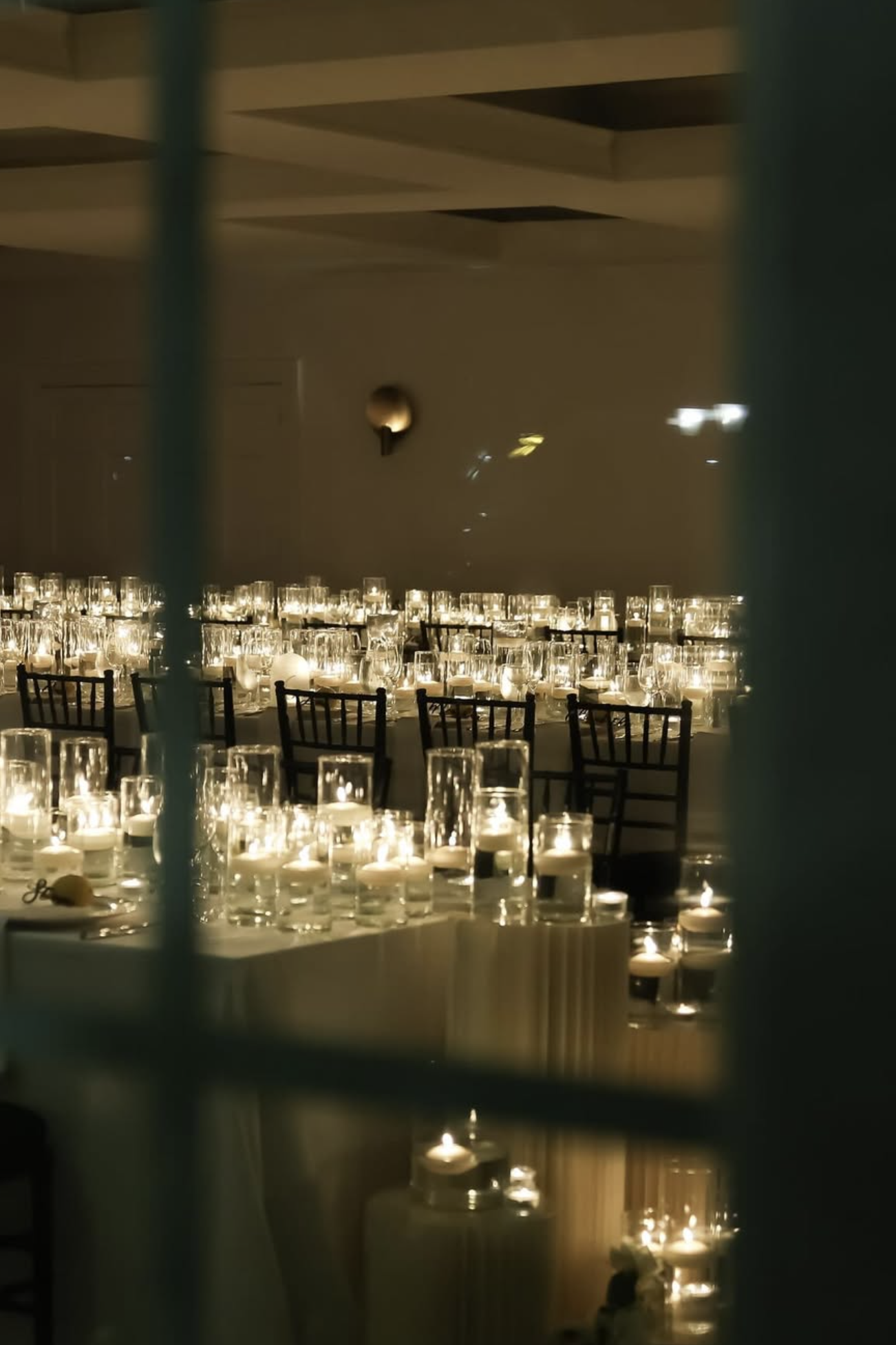
Luxe, Billy Folchetti

Josie Brooks Photography

Haute Weddings
“I always encourage clients to save a little extra for unexpected moments — that’s where the ‘fun money’ line is so helpful. This buffer can cover anything from last-minute design upgrades to surprise elements that elevate the day.”
Four Seasons Hotel Kyoto Japan: An Artisanal Sanctuary
Inside Four Seasons Hotel Kyoto’s artisanal sanctuary, The Lane transform this historical location into a magical destination wedding setting.

Spend Well, Not Wide
Rather than stretching the budget thin, Billy recommends focusing on fewer areas and investing in them meaningfully. “I always encourage clients to save a little extra for unexpected moments — that’s where the ‘fun money’ line is so helpful,”he says. This buffer can cover anything from last-minute design upgrades to surprise elements that elevate the day. Billy also cautions that perceived cost-saving strategies — such as relying solely on seasonal blooms — can be misleading. “Floral costs aren’t just about the flowers — they’re about the staff, setup, breakdown, and the overall complexity of the design,” he says.
Understand What Influences Cost
Vendor pricing in the US is shaped by many factors:
- Location: NYC, LA, and Miami command top-tier pricing, while smaller markets may offer more flexibility.
- Guest Count: Pricing per person often scales up or down with guest numbers, especially for catering.
- Customization: Signature cocktails, bespoke stationery, immersive lighting, and custom menus all add beautifully to the experience — and to the budget.
- Venue Reputation: High-end venues tend to work with equally premium vendors, influencing overall spend.

Acqua & Ink

Athena Calderone
Hidden Costs to Keep in Mind
According to Billy, some of the most commonly overlooked expenses include:
- Vendor overtime fees if the event runs long.
- Lighting upgrades that go beyond a basic package.
- Guest transportation for remote venues or late-night returns.
- Staff meals, which are essential but often missed in early estimates.
- Taxes and service fees, which can add 20–30% to certain line items.
“Every event has an unexpected cost at some point,” Billy says. “It’s why having flexibility built into your budget is so key, and how you protect the ease and flow of the day.”
A tranquil, joyful celebration begins with getting the facts straight – and leaving a little wiggle room for the unexpected.
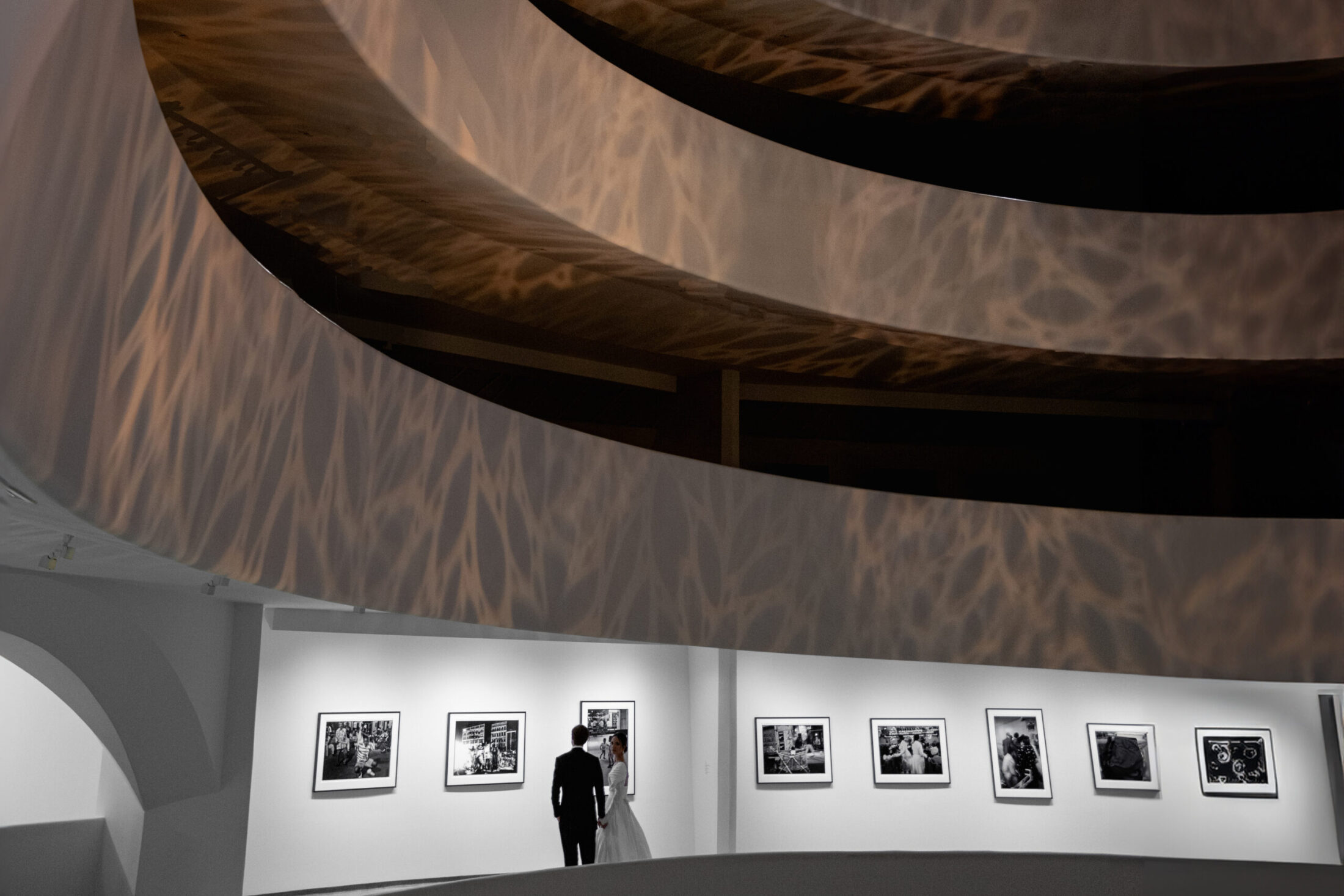
Andreas Sellinidis Photography
View our edit of Wedding Planners in The Lane Directory
Join The Lane
Sign up to The Lane monthly Journal.
